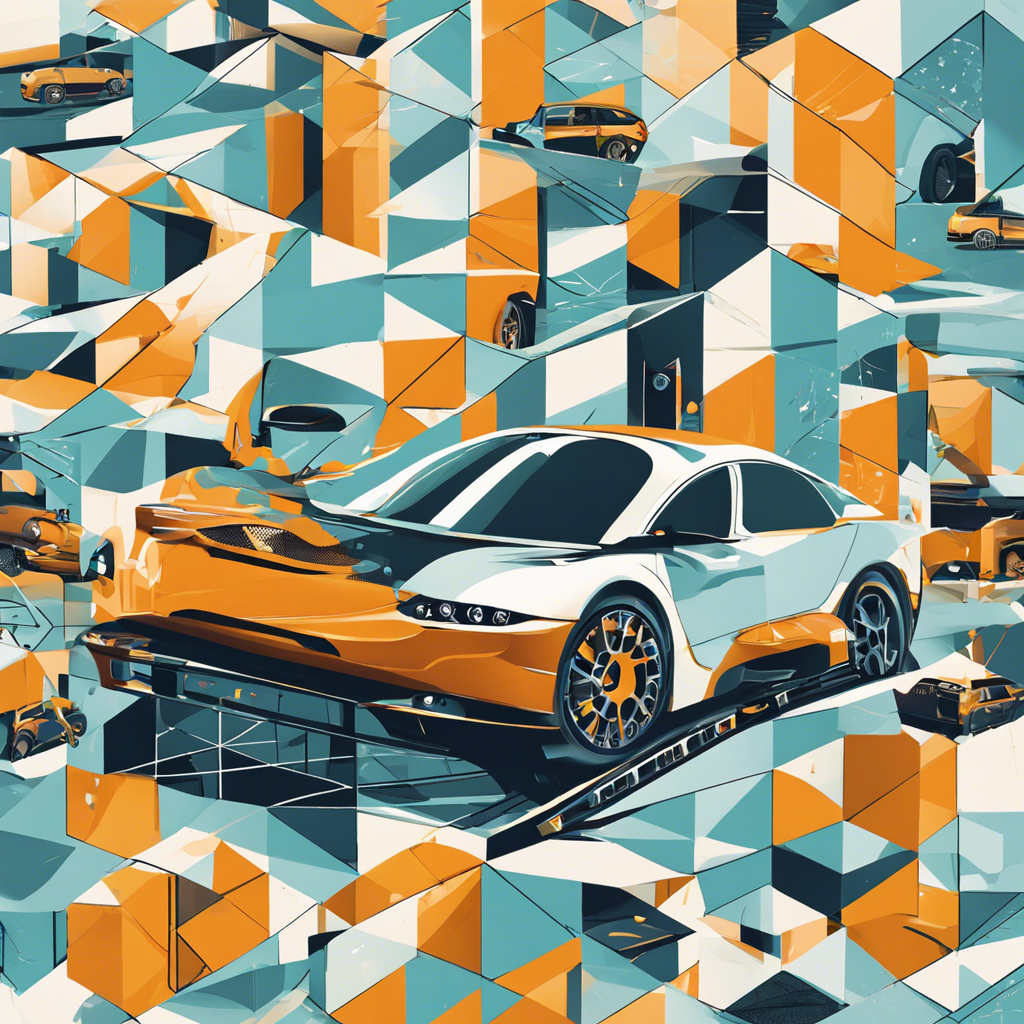Vehicle design plays a pivotal role in accident prevention, impacting safety, efficiency, and driver behavior.
The design of vehicles has evolved significantly over the years, and its influence on accident prevention is undeniable. From improving **safety features** to enhancing driver visibility and incorporating advanced technologies, vehicle design has become a pivotal aspect of reducing road accidents and increasing safety for all road users. This article delves into the various ways vehicle design impacts accident prevention and how it contributes to a safer driving experience.
Understanding the Basics of Vehicle Design
Vehicle design is a complex process that involves a multitude of considerations, including aesthetics, functionality, and, most importantly, safety. Designers and engineers work meticulously to create vehicles that not only look appealing but also prioritize the well-being of occupants and other road users. The key elements of vehicle design include structural integrity, crashworthiness, and the integration of advanced safety features.
The Evolution of Vehicle Safety Features
Safety features have evolved dramatically over time, transitioning from basic seatbelts and airbags to sophisticated driver-assistance technologies. Early safety innovations focused on protecting occupants during a collision, such as the introduction of crumple zones and reinforced passenger cabins. As technology advanced, so did safety systems, with the development of advanced driver-assistance systems (ADAS) and autonomous driving capabilities.
The Insurance Institute for Highway Safety offers insights into the latest advancements in vehicle safety features and their effectiveness.
Enhancing Driver Visibility
Driver visibility is a critical aspect of vehicle design, as it directly impacts the driver’s ability to perceive their surroundings and react to potential hazards. Modern vehicles incorporate advanced lighting systems, such as LED headlights and adaptive front lighting, to improve visibility during nighttime driving. Additionally, the use of advanced driver-assistance systems (ADAS) provides drivers with additional information about their environment, reducing the risk of accidents. For instance, The National Highway Traffic Safety Administration discusses the importance of driver assistance technologies in their resources.
The Role of Advanced Lighting Systems
Advanced lighting systems have revolutionized how vehicles illuminate the road ahead. LED headlights, for instance, provide brighter and more focused light, enhancing the driver’s visibility and making it easier to detect obstacles and hazards. Adaptive front lighting systems adjust the headlight beam according to the steering input, ensuring optimal illumination around curves and bends.
Incorporating Safety Technologies
Safety technologies, such as blind-spot monitoring, lane departure warning systems, and forward-collision avoidance systems, have become standard features in many modern vehicles. These systems use cameras, sensors, and radar to detect potential hazards and alert the driver, helping to prevent accidents. For instance, blind-spot monitoring systems use sensors to detect vehicles in the driver’s blind spot, providing visual and audible warnings to prevent lane changes when it’s unsafe.
The Impact on Accident Prevention
The integration of advanced technologies in vehicle design has had a profound impact on accident prevention:
Reducing Human Error
Human error is a leading cause of road accidents. Advanced driver-assistance systems (ADAS) and autonomous driving technologies aim to reduce human error by providing drivers with additional support and oversight. Features like lane-keeping assist, adaptive cruise control, and automatic emergency braking can help prevent accidents by taking control when drivers are distracted or react too slowly.
Improving Pedestrian Safety
Vehicle design also plays a crucial role in protecting pedestrians. Advanced safety features like pedestrian detection systems use cameras and sensors to identify pedestrians and alert the driver to their presence. In some cases, these systems can even automatically apply the brakes to avoid or mitigate collisions with pedestrians.
Q&A
How does vehicle design impact accident prevention for pedestrians?
Vehicle design can significantly influence pedestrian safety. Advanced safety features, such as pedestrian detection systems, actively scan the surroundings and alert drivers to the presence of pedestrians, helping to prevent collisions. Additionally, the use of impact-absorbing materials in vehicle construction can reduce the severity of injuries in the event of a pedestrian-vehicle accident.
Are there any design features that can improve vehicle safety without compromising aesthetics?
Yes, many modern vehicle designs emphasize both style and safety. Sleek, aerodynamic shapes can improve fuel efficiency and handling while also reducing the risk of rollovers. Additionally, advanced materials and manufacturing techniques allow for stronger, lighter structures that enhance safety without sacrificing aesthetics.
Conclusion
Vehicle design is a powerful tool for accident prevention. From enhancing driver visibility to incorporating advanced safety technologies, every design element contributes to a safer driving experience. As technology continues to evolve, we can expect even more innovative solutions that will further reduce the risk of accidents and save lives. The future of vehicle design holds immense potential for creating safer roads and protecting all road users.
Suggested External Links:
1. NHTSA’s Parent’s Guide to Teen Driving
2. Consumer Reports: The New Car-Safety Guide
3. National Safety Council: Vehicle Technology
